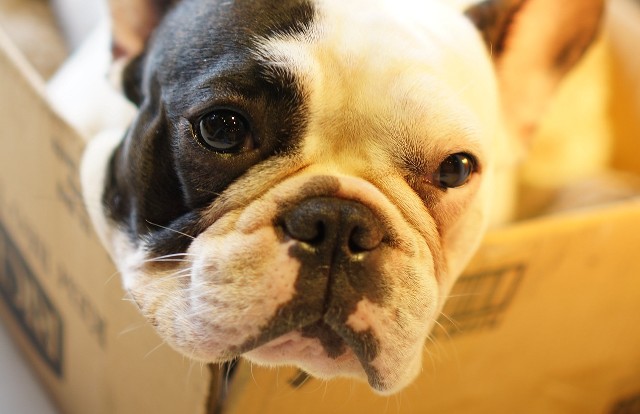
UPS is one of the leading shipping companies worldwide. And just like other shipping companies, it has very strict rules on shipping live animals. Below are some UPS regulations on shipping live animals.
Not all animals are allowed to be shipped via UPS. Here is a list of Accepted/Prohibited Live Animals:
Accepted Live Animals
This is a comprehensive list of live animals accepted by UPS for transportation. UPS prohibits from shipping any animal not listed here, and all other live animals will not be accepted for transportation. The following live animals are accepted for transportation unless poisonous, venomous, and/or a Threatened or Endangered Species.
Amphibians (All): Examples: frogs, salamanders, toads
Crustaceans (All): Examples: crabs, crawfish, lobsters, shrimp
Fish (All)
Insects (Limited to beneficial insects only): Examples: bees, butterflies, crickets, ladybugs
Mollusks (All): Examples: clams, mussels, snails
Reptiles (Limited to the following):
– Lizards: Examples: chameleons, geckos, iguanas, monitors, flying dragons
– Turtles: freshwater turtles (except snapping turtles), land tortoises, sea turtles
Worms (All)
Prohibited Live Animals
Live Animals that are prohibited from being shipped and are not accepted for transportation include, but are not limited to:
Any poisonous, venomous or threatening animal
Any Threatened or Endangered species
Arachnids (All): Examples: mites, scorpions, spiders, ticks
Birds (All)
Crocodiles (All): Examples: alligators, caimans, gavials
Mammals (All)
Obnoxious Insects: Examples: flies, locusts, mosquitoes, roaches, termites, weevils
Snakes (All): venomous and non-venomous
Packaging Requirements
Design and Construction of the Primary Container: All live animals offered for transportation must be in a new box. Corrugated boxes must be constructed of a minimum of 275 # bursting strength corrugated or 44 edges crush test. It is recommended that any package containing animals requiring moisture during transportation be constructed of water-resistant material such as wax-coated, wax impregnated, or plastic corrugated. Minimal ventilation holes should be provided as necessary.
Internal Packaging and Other Considerations: Internal packaging materials must be used based on the characteristics of the animal, taking into consideration the necessary humane care for the animal while in transportation. Lizards and geckos should be individually contained in bags constructed of breathable material, such as burlap. Insects should be contained in individual primary containers such as plastic jars with ventilation. Fish must be double-bagged in strong plastic bags with a minimum thickness of 4 mils. Each primary bag should be approximately one-third full of water with the remainder filled with oxygen.
Package Testing: Any packaging used or developed to transport animals should be submitted to an International Safe Transit Association (ISTA) certified package testing laboratory for pre-shipment testing in accordance with ISTA Procedure 3A before being offered for transportation.
Additional Considerations: Additional components such as food, moisture, and temperature controls should be added as necessary to provide a safe environment during transportation. Additional dunnage should be added to prevent movement of the primary containers or receptacles within the outer box.
